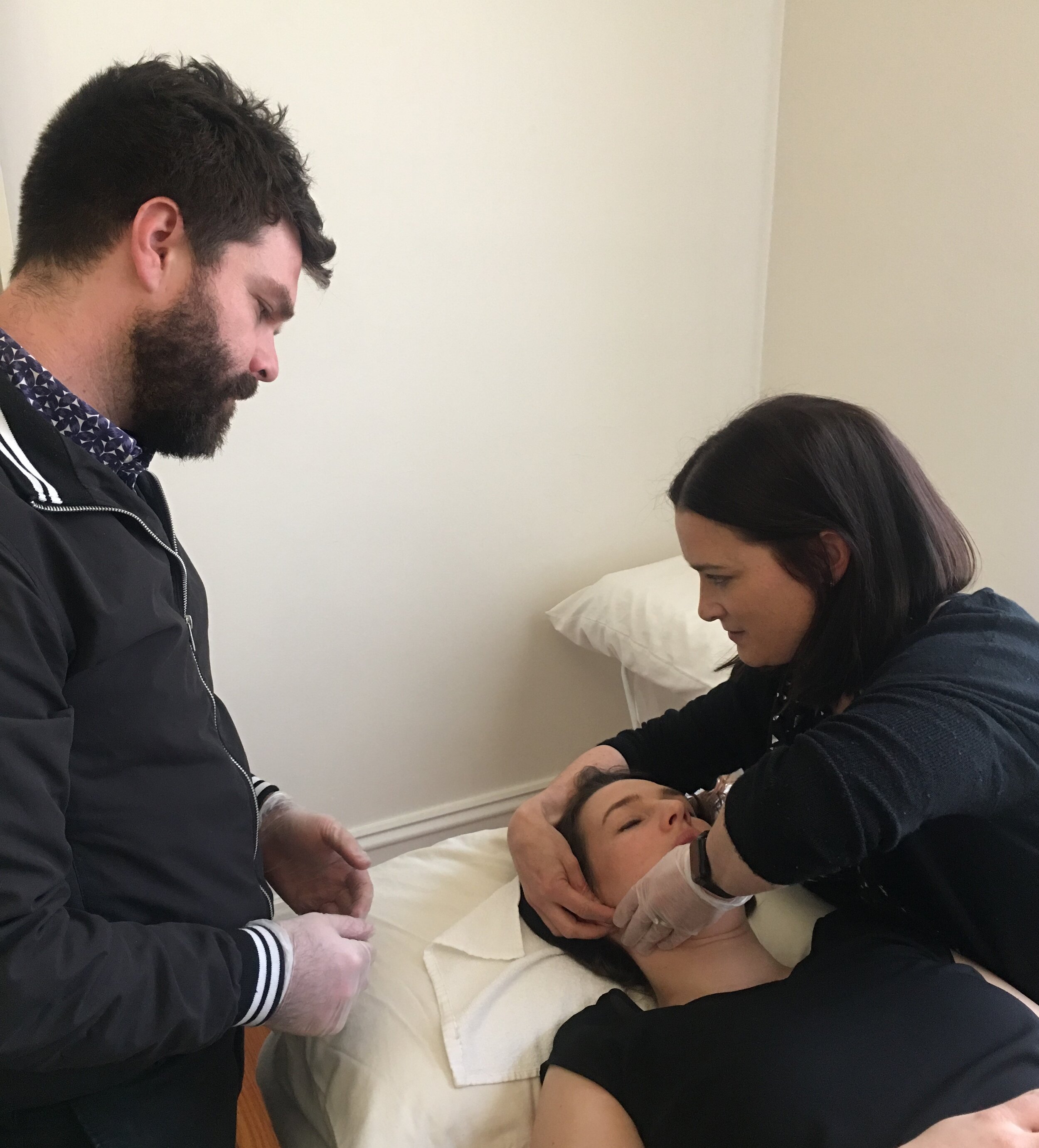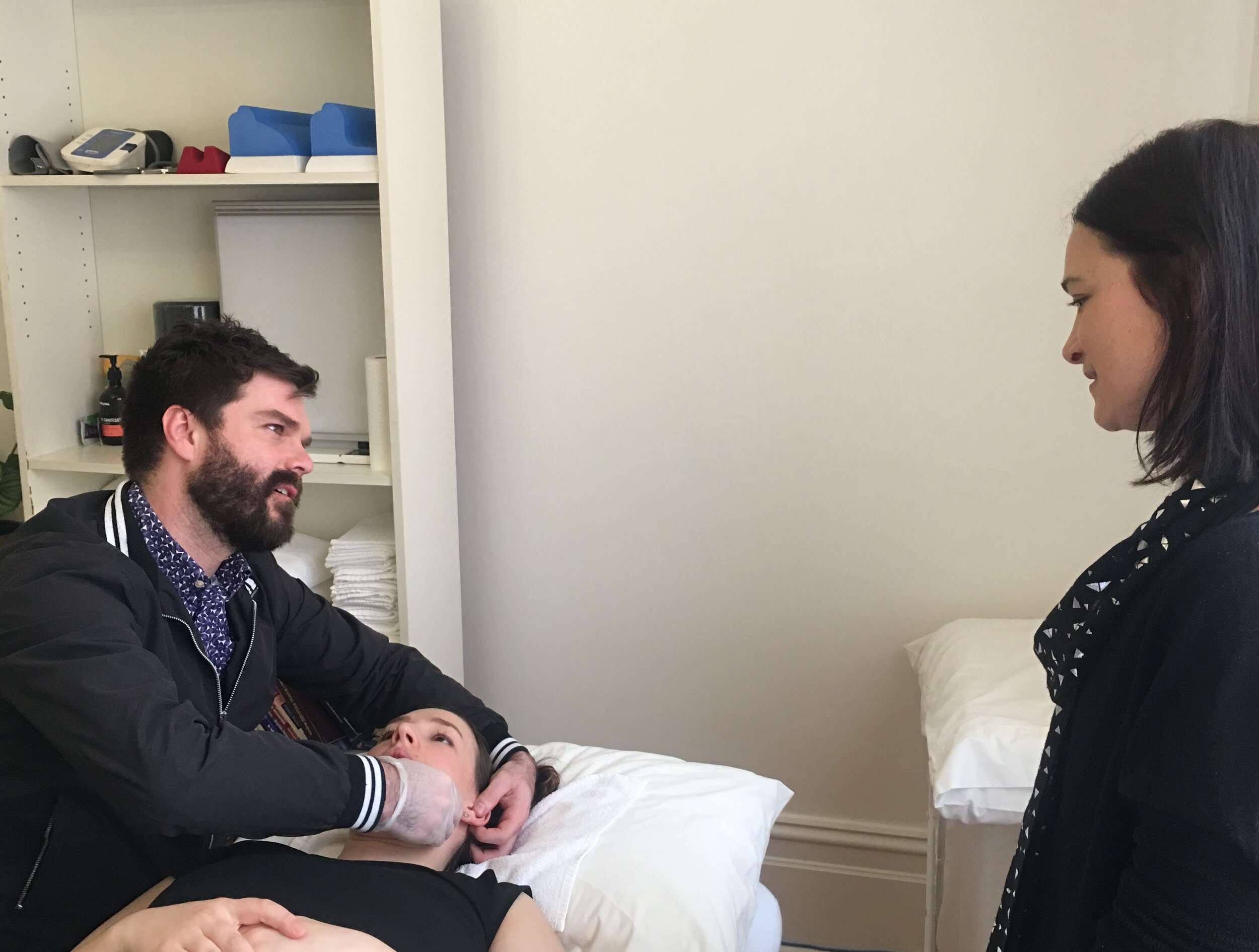Temporomandibular (TMJ) disorder
Temporomandibular joint and muscle disorder (TMJ) affects between 5% and 12% of the population. Unusual for chronic pain conditions, the prevalence rates of TMJ disorders are higher among younger persons. TMJ disorders are at least twice as prevalent in women as men. 1,2
The TMJ connects the jawbone (mandible) to the skull, we have one on each side of the jaw. These joints allow the jaw to move up and down, forward and back, and sideways. There is a also a small disc that aids in these movements. The joint obviously moves frequently when eating, drinking and talking so when its painful or annoying we know about it very quickly.
Symptoms may include:
Jaw, ear or pain inside the mouth,
Clicking
Headaches
Sometimes it might feel like a tooth ache but the dentist can’t find anything wrong with your teeth
Tight muscles around your jaw.
Causes of TMJ issues might include:
Clenching or grinding of the teeth
Trigger points in muscles around the jaw
Disc displacement
Arthritis
How can an osteopath treat the jaw?
In any appointment with an Osteopath at Brunswick Family Osteopathy lots of questions will be asked about the symptoms of the area in question, to uncover the cause as to why dysfunction might be taking place.
An assessment then takes place to see how something is moving or not moving, and orthopaedic tests are performed to rule specific conditions out or in. With a working diagnosis, manual therapy techniques are then used such as soft tissues massage, joint mobilisation, joint manipulation, stretching and exercises. If necessary, we will refer(we have a cross referral relationship with many dentists in the area) for further investigation or onto another therapy.
1 Johansson A, et al: Gender difference in symptoms related to temporomandibular disorders in a population of 50-year-old subjects. J OROFAC PAIN 2003; 17:29-35.
2 Macfarlane TV, Blinkhorn AS, Davies RM, Kincey J, Worthington HV. Oro-facial pain in the community: prevalence and associated impact. Community Dent Oral Epidemiol 2002; 30: 52–60.
Some of our team, at a recent professsional development day, refining their skills.



